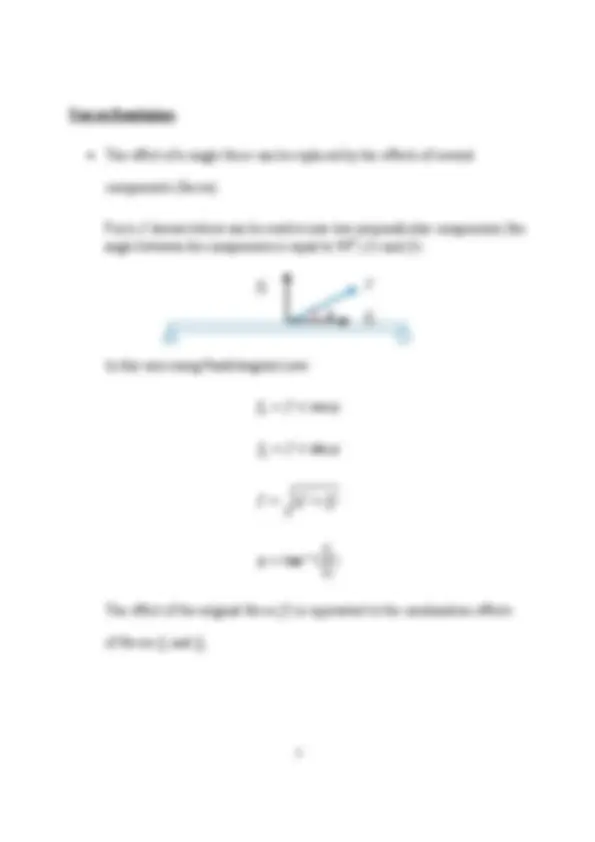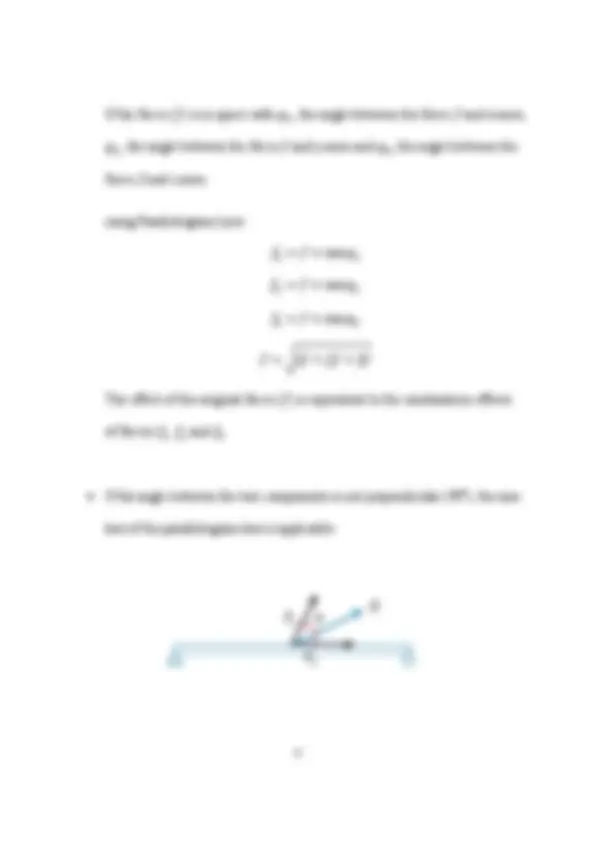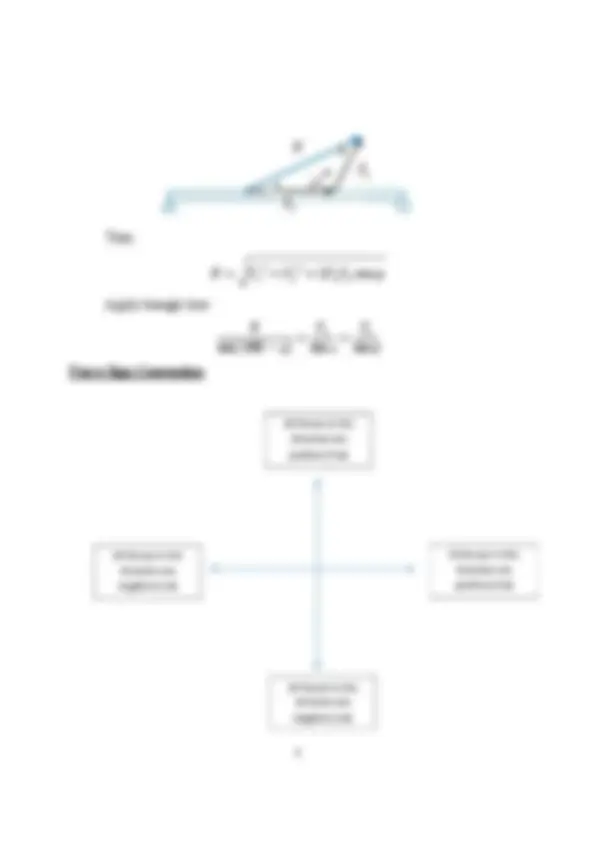





Study with the several resources on Docsity

Earn points by helping other students or get them with a premium plan


Prepare for your exams
Study with the several resources on Docsity

Earn points to download
Earn points by helping other students or get them with a premium plan
Community
Ask the community for help and clear up your study doubts
Discover the best universities in your country according to Docsity users
Free resources
Download our free guides on studying techniques, anxiety management strategies, and thesis advice from Docsity tutors
An outline for the Engineering Analysis I (ENAN 103) course offered at the University of Babylon's Department of Environmental Engineering. The course covers the principles of forces resolution using the parallelogram law and component analysis. Students will learn how to determine the perpendicular components of a force and apply the force sign convention. examples and applications to help students understand the concepts.
What you will learn
Typology: Lecture notes
1 / 6

This page cannot be seen from the preview
Don't miss anything!




st
1.0 Introduction
2.0 Parallelogram Law
3.0 Forces Resolution
4.0 Resultant of a Cunccurent, Coplanar Force System
5.0 Moment (Moment of a Force)
6.0 Couples
7.0 Resultant of a Non-concurrent, Coplanar Force System
8.0 Resultant of a Concurrent Non-coplanar Force System
9.0 Equilibrium
10.0 Fraction
11.0 Truss
11.1 Method of Joints
11.2 Method of Sections
If the force (݂ ) is in space with ߮
௫
, the angle between the force ݂ and x-axes,
௬
, the angle between the force ݂ and y-axes and ߮
௭
, the angle between the
force ݂ and z-axes.
using Parallelogram Law:
௫
ൈ ݂ൌ cos ߮
௫
௬
ൈ ݂ൌ cos ߮
௬
௭
ൈ ݂ൌ cos ߮
௭
௫
ଶ
௬
ଶ
௭
ଶ
The effect of the original force (݂ ) is equivalent to the combination effects
of forces ݂
௫
௬
and ݂
௭
If the angle between the two components is not perpendicular (
o
), the sine
law of the parallelogram law is applicable:
ଵ
φ
ଶ
Then
ଵ
ଶ
ଶ
ଶ
ଵ
ଶ
cos߮
Apply triangle law:
sin
180 െ φ
ଵ
sin α
ଶ
sin β
Force Sign Convention
ଵ
α
β
ଶ
All forces in this
direction are
positive (+ve)
All forces in this
direction are
negative (-ve)
All forces in this
direction are
negative (-ve)
All forces in this
direction are
positive (+ve)